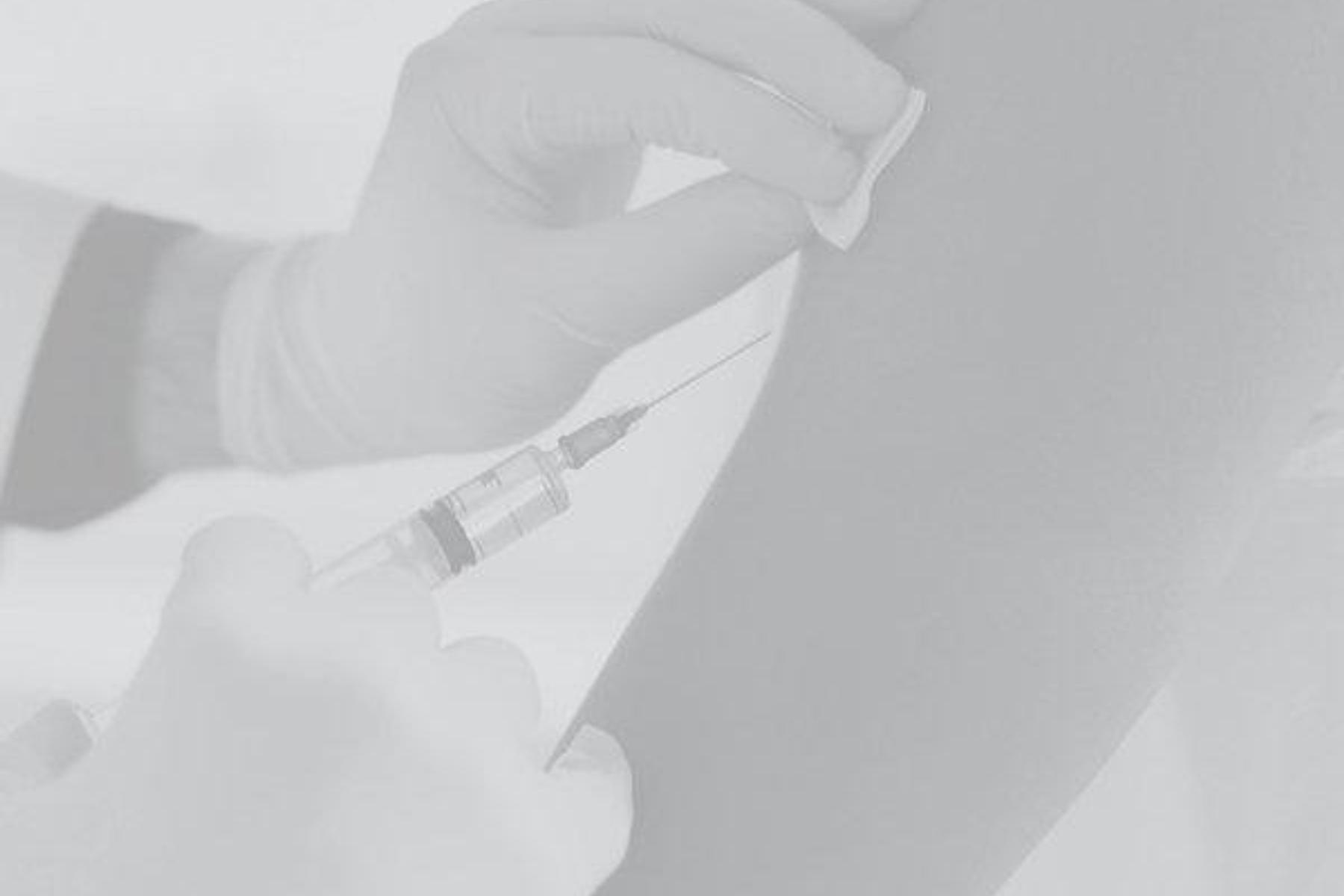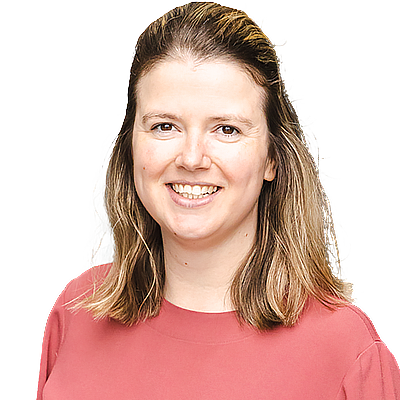In the summer of 2020, the Netherlands was faced with a challenge all countries across the globe needed to tackle: to vaccinate the entire population in the shortest possible time span. It's an issue that instantly captures the interest of the average (digital) operations management consultant. After all, we're talking about a giant operation that should be completed asap. What added to the complexity was the limited availability of vaccines, which led to many discussions in all layers of society. Which groups should we vaccinate first? Who's allowed to give shots? How can we avoid wasting vaccines? The campaign didn't go smoothly — there was definitely room for improvement.
Fast forward to six months later — or, today — and it's time for round two: the booster shot. Things are easier now. In the Netherlands, there's no shortage of vaccines, and we're familiar with the effects of a vaccine shot. But for obvious reasons we want to ensure everyone gets theirs much faster. How to accomplish that? During my trip to a booster shot location, I was happy to recognize three classical logistics optimization concepts that seem to indicate we're on the right track.
1. Process optimization
If sufficient people want to get a booster shot, and there's no shortage of vaccines, the staff member is the limiting factor. So, you should ensure they can vaccinate as many people as possible.
As it turns out, the process takes more time if the staff member remains seated. It’s more time-efficient if candidates are lined up on chairs and staff members go from one candidate to the other. That way, they can continue to give shots while candidates (who are often ill at ease) take off their coats, sit down, get up, and collect their things before they leave.
2. Centralization
This one's a classic—and rightly so, as it comes with many benefits. Centralization is often a way to save costs. There are less vaccine delivery routes, and you require less locations and supporting staff. At the same time, it increases productivity: you can vaccinate more people with the same amount of staff. After all, every location has to deal with no-shows and unfilled slots, and schedules can only anticipate them to a limited extent. Having more scale means you can lower the average planned idle time in staff members’ schedules.
3. Segmentation
We've drawn our lessons from the previous campaign. Locations now have slow and fast lanes. If you're there to get your first shot(s), if you've experienced side effects after your previous dose, or if getting a shot frightens you, there's a separate lane for you.
Working with different routes makes the standard process more predictable, which means locations can better adhere to their schedules. That, in turn, results in more people getting vaccinated in a day. And people who require special treatment will receive the extra attention they need, as specialized staff members can solely focus on them. Their efficiency is maximized, too.
The results
These optimizations have borne fruit, as every adult in the Netherlands has now gotten the chance to get their booster shot. Will there be a third round? And if so, what further optimizations will there be?

